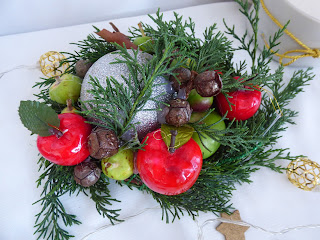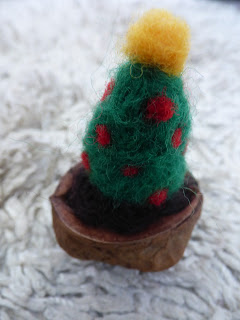
My 9 year old niece loves all things magic! She is an expert on Harry Potter, Worst Witch, Unicorns, Pegagus and anything else magical and mystical. I wanted to make something for her that would encourage her to engage in her own learning about different aspects of magic and the natural earth. I wanted to make her a journal that would be her own space for writing, drawing, and creating. I made it with the hope of enticing her away from TV and computer screens, and to give her opportunities to connect with nature. I bought a plain A5 spiral visual diary for $2.50, and a pack of metallic card for $4, and set to work transforming it into a book of magical learning.
I covered the front and back covers with magical themed card, and got out my chalk pastels to colour random pages to make them look old.
I printed off some things to do with Harry Potter, such as a list of required equipment for first years; spells; quotes, etc, and pasted them in throughout the book.
I have written headings on some of the pages, to inspire my niece to undertake research and learn more about different aspects of magic, such as properties of herbs and plants; properties of stones; psychology of colours; phases of the moon; and star constellations.
There are plenty of pages for Miss 9 to write and draw in, to engage in creative writing, make up her own spells and potions, or to use as a diary; jot down notes; to draw from observation; or whatever.


There are a number of different things to learn about as you go through the book, such as sacred geometry and mindfulness; the planets; potions; and spells.
There are pockets throughout the book with little tags in them. Some of the cards are blank, for Skylar to write notes on, while other cards have things written on, such as mindful exercises, or prompts to do things, eg. to connect with nature through activities such as creating a herb garden.


There is plenty of room for Miss 9's creative writing, poetry, and to jot down notes, ideas, and interesting facts and information that she comes across.
To see my other craft posts and tutorials, Click on the link here.













































